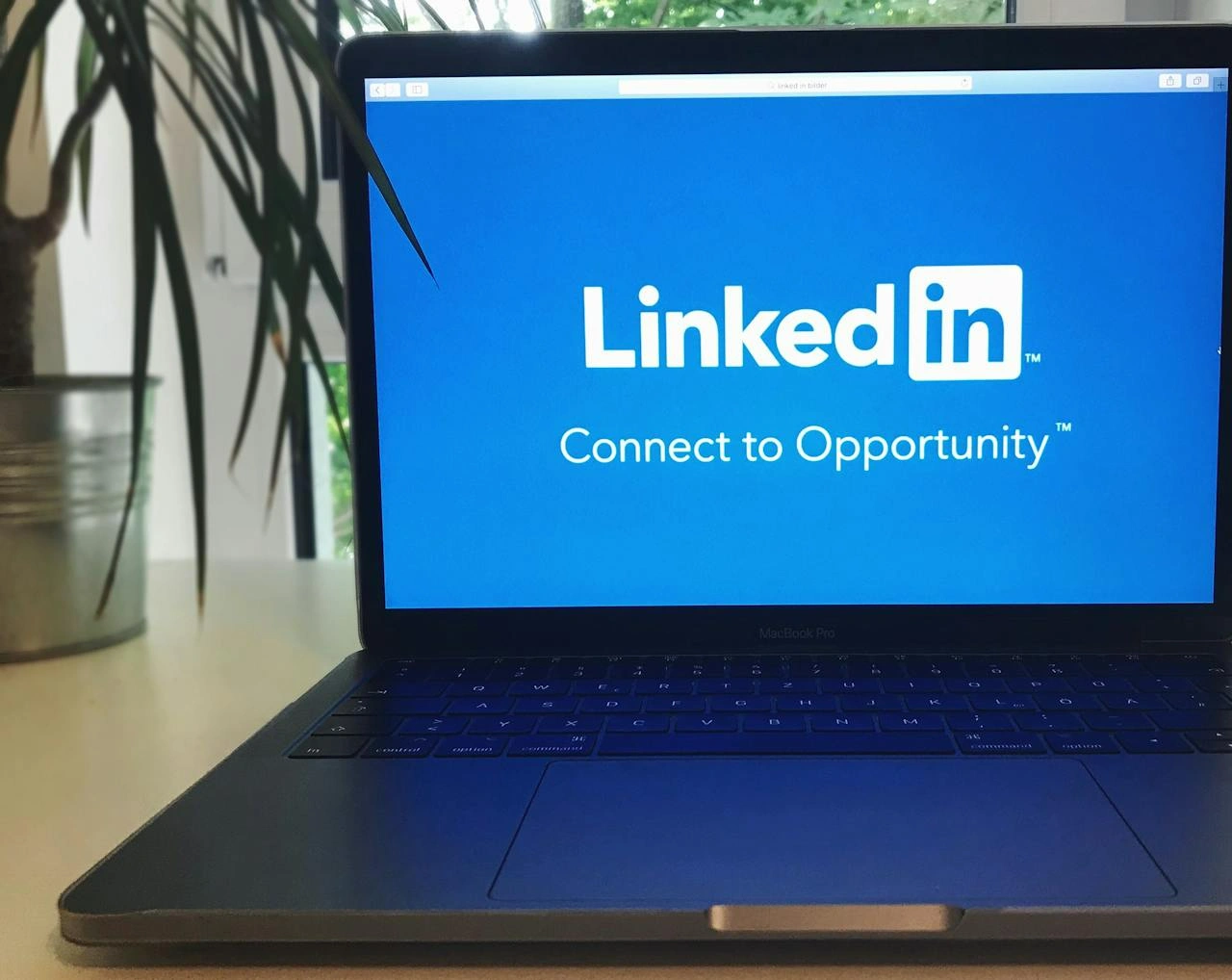The Importance of Internal Linking in SEO and Website Content
Internal linking is essential for improving your website’s SEO, user experience and overall content strategy. Internal linking helps search engines understand your site structure while guiding visitors to relevant pages, creating a seamless browsing experience. For professionals like mortgage brokers, accountants and real estate agents, internal linking can help drive traffic and generate leads.
Why Internal Linking Matters
Internal linking is the backbone of a well-structured, user-friendly website. Having internal links on your site connects your web content, guiding visitors to relevant pages, while helping search engines understand your site’s structure. Here are some of the reasons why internal linking matters:Increases Lead Generation
Internal links can play an important role in driving potential clients toward lead magnets like free consultations, downloadable guides or case studies. For example, a blog post on investment tips could link to a resource offering investment calculators. This approach captures leads and builds trust by showcasing your expertise.
Additionally, linking high-performing pages to conversion-focused ones – such as consultation booking forms or pricing details – creates a seamless pathway for users to take action. This strategy ensures that visitors are presented with opportunities to engage with your services at every stage of their journey.
Need help crafting downloadable guides or case studies? Let Hunter & Scribe help you craft compelling content for you.
Improves Website Navigation
Internal links help users navigate your website with ease. For example, if a visitor lands on one of your blog posts, internal links can direct them to key service pages. This seamless navigation keeps users engaged and reduces bounce rates.
Showcases Industry Knowledge
Strategic internal linking enables you to demonstrate authority in your field by connecting related content. For example, linking a blog post about budgeting tips to your financial planning services page highlights your expertise in helping clients manage their finances.
Naturally weaving links throughout your content helps you create a web of information that positions your business as a reliable source of knowledge. This process enhances user experience and encourages search engines to rank your site higher for relevant queries.
Boosts SEO Rankings
Search engines like Google use internal links to understand your site’s structure and content hierarchy. Linking related pages helps you signal relevance and authority, which can improve your rankings. For instance, linking a blog post on tax-saving tips to your tax returns service page showcases expertise.
Enhances User Experience
Internal links guide users to valuable resources. Consider a visitor who is reading a blog post about refinancing home loans. They’ll appreciate links to related topics like home loan calculators or mortgage broker services. Using internal links across your site to link to relevant content creates a positive experience that encourages longer visits
Improves Content Discoverability
Internal links help surface older or less-visited content by connecting it to high-traffic pages. For example, linking a lesser-known article on tax-saving strategies from a popular blog on end-of-financial-year planning ensures more visibility for valuable resources. This keeps all parts of your website relevant and engaging, ensuring users don’t miss out on important information.
Types of Internal Links
Internal links come in various forms, each serving a different purpose in enhancing user experience and SEO. Understanding these types can help you optimise your website structure and content effectively. Some of the most common types of internal links include:
Navigational Links
Navigational links are the backbone of website usability. They are typically found in menus, headers or footers and provide direct access to essential pages like the about, services or contact pages. For accountants, these links might include sections on tax strategies, guiding users to critical information with ease. These links are permanent fixtures, ensuring users can always find their way to important sections regardless of where they are on your site.
Contextual Links
Contextual links are embedded within your content itself, connecting related topics naturally. For example, in a blog post about property investment strategies, you could link to another article on property market trends. These links help users explore into specific subjects, enriching their experience while boosting SEO by signalling content relevance. Contextual links are particularly effective for blog posts or articles, where they can guide readers to supplementary resources or related services.
Call-to-Action (CTA) Links
CTA links are designed to drive specific actions, such as booking a consultation, downloading a guide or signing up for a service. A well-crafted CTA link might say, “Learn more about our accounting services here.” These links are important for converting visitors into leads or customers. They should be strategically placed within your website content naturally to prompt action at the right moment, such as after explaining the benefits of a service or product.
Need help writing effective CTAs? Hunter & Scribe specialises in creating compelling CTAs that drive conversions.
Footer Links
Footer links are located at the bottom of the page and often include links to less prominent but still important pages, such as the privacy policy, terms of service or FAQ pages. They ensure users can access essential information without cluttering the main navigation menu.
Best Practices for Internal Linking
Effective internal linking is more than just connecting pages – it’s about creating a seamless user experience and enhancing your website’s SEO. By strategically linking related content, you guide visitors to valuable resources while helping search engines understand your site’s structure and hierarchy. Here’s how to optimise your internal linking strategy:
Use Relevant Anchor Text
Anchor text should be descriptive and keyword-rich to provide context for both users and search engines. For example, instead of generic phrases like “click here”, use specific terms such as “save on your taxes”. This approach helps clarify the linked page’s content while improving SEO.
Link Strategically
Focus on connecting high-performing pages to newer or less-visited ones. This strategy distributes links evenly across your site, increasing the visibility of underperforming content.
Avoid Overloading Links
While internal links are beneficial, excessive linking can overwhelm your users and dilute your messaging. Aim for three to five relevant links per blog post to maintain readability and effectiveness. Overloading links can also appear spammy to search engines, which will negatively affect your SEO efforts.
At Hunter & Scribe, we understand the unique needs of finance and property professionals – from mortgage brokers to buyer’s agents. Our team specialises in SEO copywriting that incorporates effective internal linking strategies. Whether you need blog writing services or full-scale website content creation, we’ve got you covered. Let us help you write engaging content for your website.



